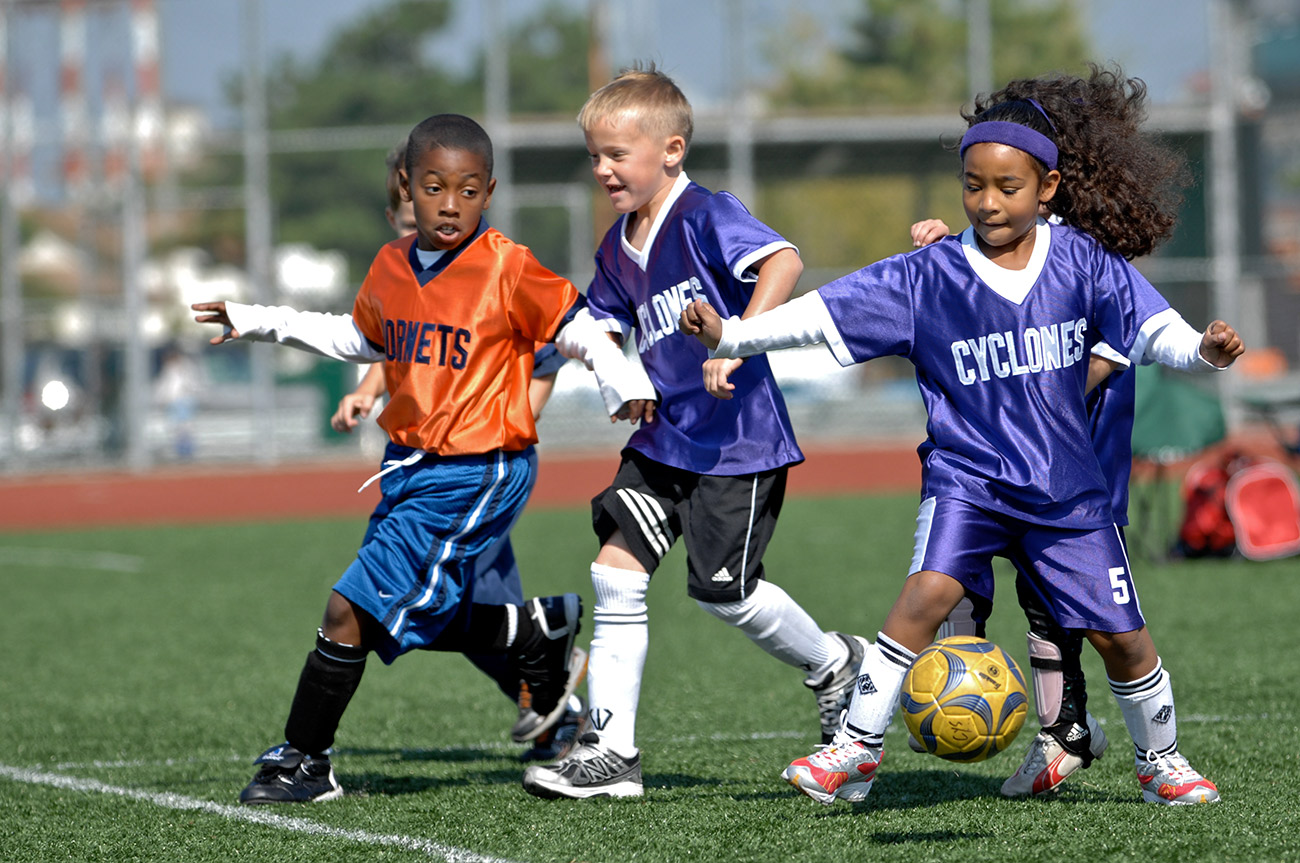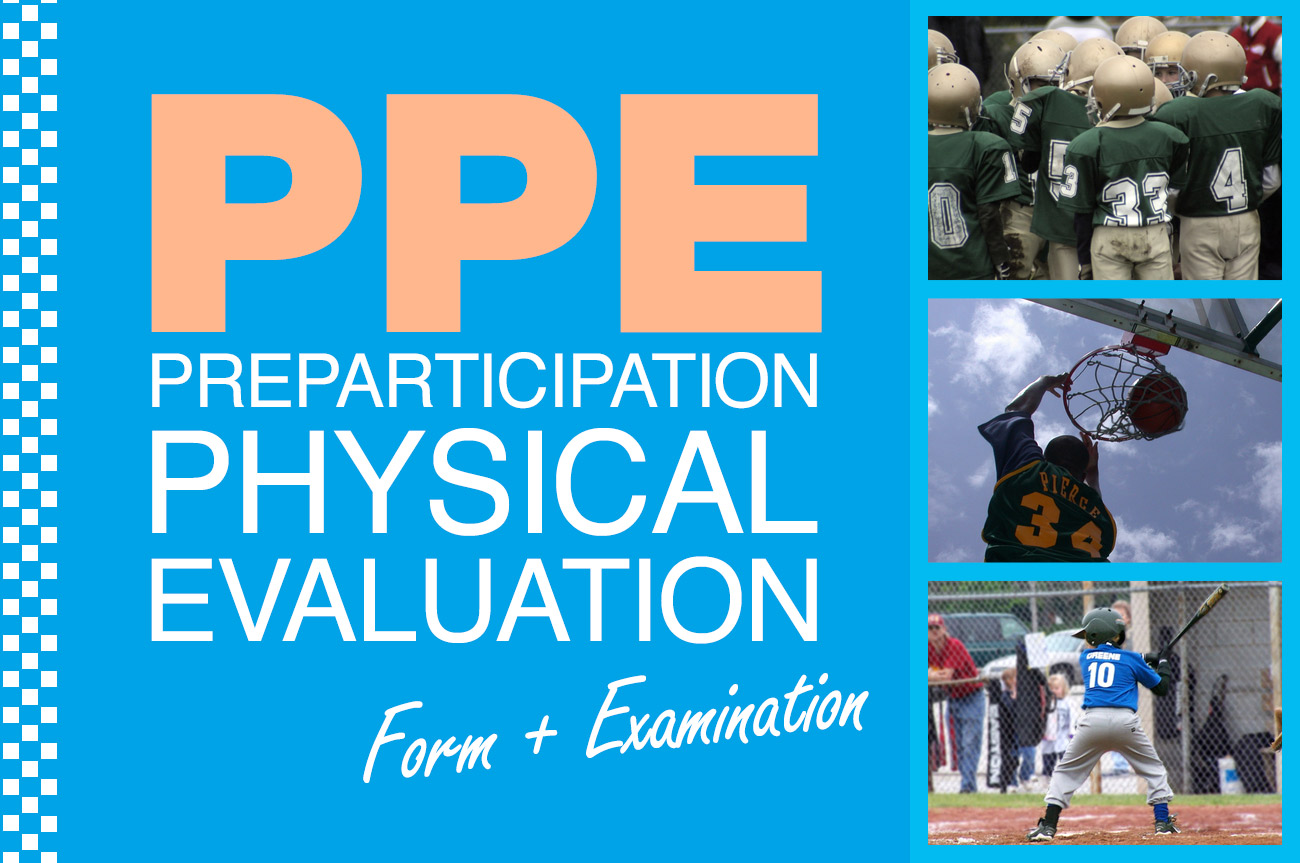The School Sports Season Starts With a Visit to the Doctor

Team sports are a great way to get kids moving. In addition to improving their overall health from the added physical activity, children who participate in organized sports reap major benefits, including better social skills and higher self-esteem. They are also less likely to participate in risky health behaviors.
With nearly 8 million kids participating in some form of organized activity in the 2015-16 school year, it’s easy to see that high-school sports are getting more and more popular each year. According to the National Federation of State High School Associations survey, 389,475 of those students were from New York schools.
While your child may be eager to jump right into the game, it is vital to make sure he or she is physically able to do so. That is where the pre-participation physical evaluation (PPE), or sports physical, comes in. Developed under the guidance of numerous organizations, including the American Academy of Family Physicians and the American College of Sports Medicine, the PPE is designed to promote and protect the health and safety of your athlete. In fact, in New York state, a sports physical is required before a child may participate in an interscholastic sports program.
Sports Physical Basics As you and your child prepare for the upcoming school year and sports season, it is helpful to know what to expect from the PPE. Most importantly, the PPE is NOT the same as a regular physical, nor should it replace your child’s annual exam. To save time and for your greater convenience, it might be helpful to schedule both for the same visit.

The PPE consists of two parts: a student health examination, which is conducted by a medical professional, and the completion of a pre-participation/interval athletic health history form by the parent or guardian. For students with physical limitations, an additional form must be completed by a health care provider. All forms and results are given to the school health office prior to the start of the sports season.
During the exam, the health care provider should review the child’s health history and discuss any injuries that may limit or prevent the student from participating in a sports program. According to the American Academy of Pediatrics, the provider may also discuss nutrition, training, and your child’s overall attitude toward competing.
Once your child has been given the OK to participate, there are ways that you can help your athlete prepare for the upcoming sports season, including creating an exercise plan and teaching him or her about healthy food choices. Check out the CDPHP guides to fitness & exercise and diet & nutrition for helpful tips and ideas. Then get out there and root for your team!
Header photo by flickr
 The Daily Dose
The Daily Dose
 Peter Vellis
Peter Vellis
Comments are closed.